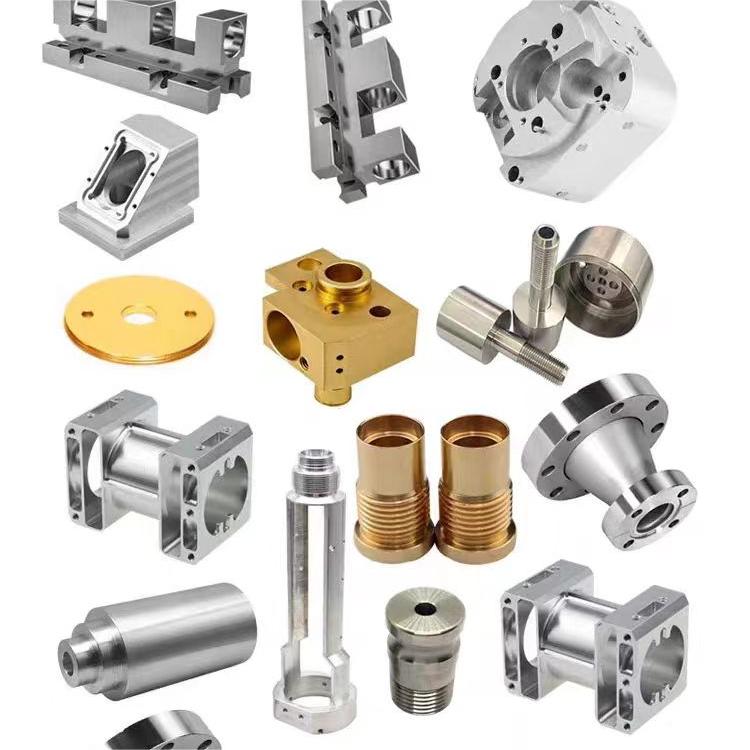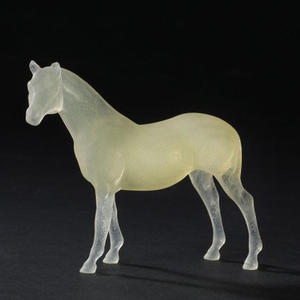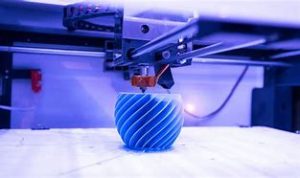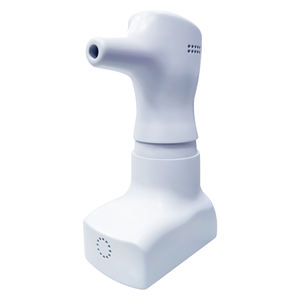Discover a professional 3D printing powder supplier
(Smart Selection: How to Choose the Right 3D Printer for Your Needs)
**Title: “3D Printing Matchmaker: Finding Your Perfect Machine Partner”**
(Smart Selection: How to Choose the Right 3D Printer for Your Needs)
Picking a 3D printer feels like online dating. You scroll through options, swipe past fancy specs, and hope you don’t end up with a dud. Let’s skip the awkward phase. Here’s how to land a printer that won’t ghost your projects.
First, know your budget. Printers range from “cheap coffee maker” to “used car” prices. Set a limit. Stick to it. Fancy features tempt you, but overspending leaves less cash for filament, repairs, or snacks for those late-night printing sessions.
Next, ask what you’ll print. Tiny figurines? A printer with a small build area works. Dreaming of life-size robot arms? You’ll need a machine with serious space. Hobbyists might love basic models. Engineers or designers? Look for precision and speed.
Materials matter. Some printers only handle PLA plastic, great for toys and prototypes. Others work with nylon, wood blends, or even metal-infused filaments. Check what your projects need. If you’re printing parts for a drone, flimsy plastic won’t cut it.
Think about noise. Apartment dwellers, listen up. Cheaper printers sound like angry robots. If your desk is in a shared space, find a quiet model. Your roommates (or pets) will thank you.
Ease of use is key. Beginners should avoid printers that need a PhD to operate. Look for auto-leveling beds, touchscreen controls, and clear instructions. Tinkering is fun, but not when your first print fails because the manual read like ancient scrolls.
Check reviews. Forums and YouTube are goldmines. Real users spill the tea on jams, breakdowns, and customer service nightmares. If five people say the printer catches fire, maybe skip it.
Filament cost adds up. Some printers only work with proprietary spools. These are pricier and harder to find. Go for models that use standard filaments. Your wallet will breathe easier.
Resin vs. filament? Resin printers make smooth, detailed prints—perfect for jewelry or miniatures. But resin is messy, toxic, and needs gloves. Filament printers are simpler, safer, and better for big projects. Choose your side.
Size and portability matter. Giant industrial printers won’t fit on a desk. If you move often or have limited space, go compact. Just remember: tiny printers mean tiny prints.
Customer support can save your sanity. Brands with good service answer emails fast. Others vanish like a failed print. Check if spare parts are available. Printers break. You don’t want to wait weeks for a replacement nozzle.
Test prints reveal a lot. Many shops demo printers. Bring a file, watch it print. If the result looks like modern art, walk away.
Software compatibility is a silent hero. Some printers only work with specific programs. Make sure yours plays nice with your favorite design tools. No one wants to learn new software mid-project.
Upgrades keep your printer fresh. Maybe you start with basic parts, then add a laser engraver later. Check if the model supports mods. Future-you might high-five past-you for thinking ahead.
Finally, trust your gut. A printer might tick all boxes but feel wrong. Maybe the color’s ugly, or the brand name sounds like a sneeze. You’ll spend hours together. Pick one that makes you smile.
(Smart Selection: How to Choose the Right 3D Printer for Your Needs)
No printer is perfect. But with these tips, you’ll avoid disasters and find a machine that turns ideas into reality. Happy printing!Inquiry us if you want to want to know more, please feel free to contact us. (nanotrun@yahoo.com) hot tags: 3d printing,3D printiner,3d printing material
(Smart Selection: How to Choose the Right 3D Printer for Your Needs)








